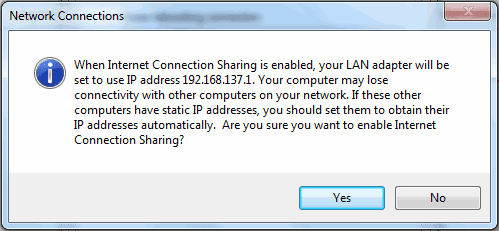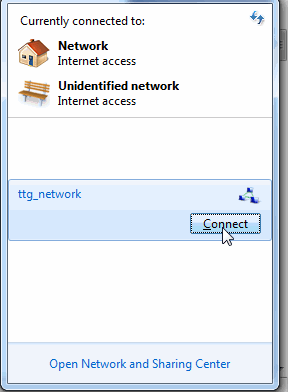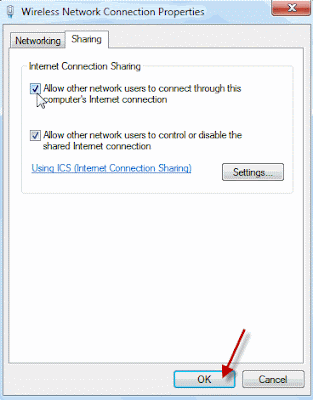A minimum of a camera comprising:
- Light-proof box (camera body)
- Lens system
- The lighter portrait (shutter)
- Movie player
Lens System
Lens system mounted on the front of the pit box, in the form of a single lens made of plastic or glass, or a number of lenses that are arranged in a metal cylinder.
The level of light blockage f expressed with numbers, or relative aperture. The lower the f number, the bigger or smaller opening penghalangannya level. Aperture diaphragm is governed by the window. Relative aperture is set by a diaphragm. For SLR cameras, the lens aperture is equipped with a regulator that controls the amount of light entering the suit photographers.
Lens type fast or slow lens is determined by the range of values that F can be used.
Besides the normal lens, wide angle lens, also known (wide lens), small-angle lens (telephoto lens), and a variable lens (variable lens, or by the layman called the zoom lens.
Wide-angle lens has a focal length lenses are smaller than usual. But it depends on the width designations film used. For the film 35 millimeter, 35 millimeter lens will be called a wide-angle lens, while the 135 mm lens will be called telephoto lenses.
Lenses can be changed variable focus range, by changing the relative position of the lens elements. The lens will focus light to produce a shadow the size of the movie. Grouped according to the length lens focal length (the distance between the two lenses).
Focal lenght affect the composition of images that can be produced. In the general population, better known as zoom.
The lighter Images
Lighter portrait shutter button or mounted behind the lens or between the lens. Most SLR cameras have a timer mechanism to allow varying the shutter opening time. This time is short shutter was opened, allowing the beam of light on the film.
Some ordinary people consider the ability of the camera is proportional to the magnitude of the maximum shutter speed can be used.
Other parts
Other parts of a camera, among other things:
1. Mechanisms that play movies roll film parts alternately be disclosed on an object
2. Focus mechanism which can vary the distance between the lens and the film,
3. Scanner photography composition (range finder) that shows what will be photographed and what the main
objects are focussed
4. lightmeter to help set the shutter speed and or large openings, so that the amount of light that the film is
quite right to obtain a satisfactory image or picture.
Some cameras, especially the type of pocket cameras usually do not have any of the parts.






























